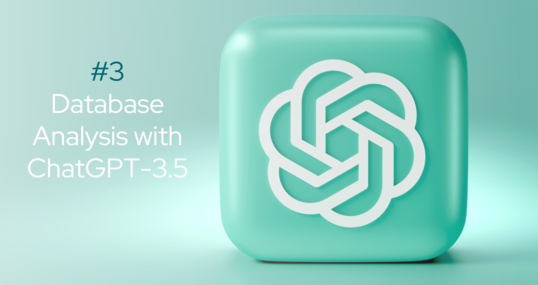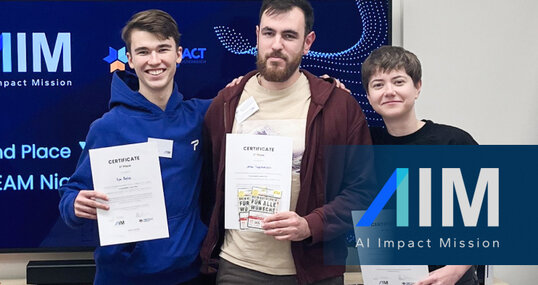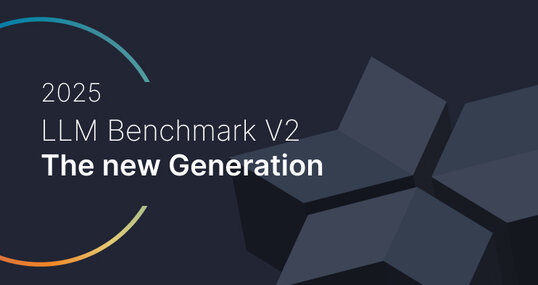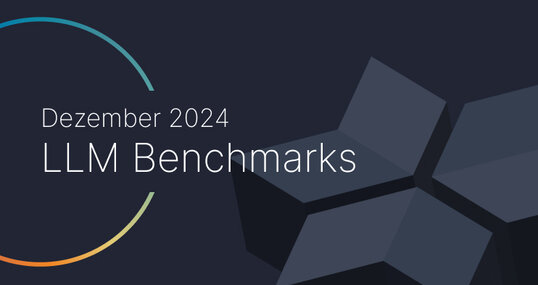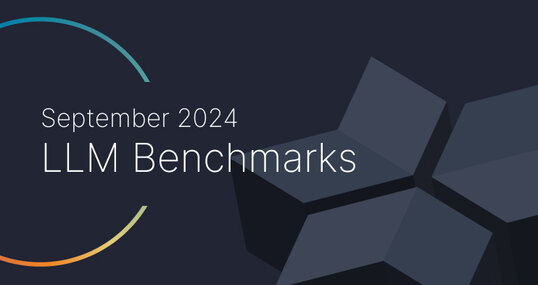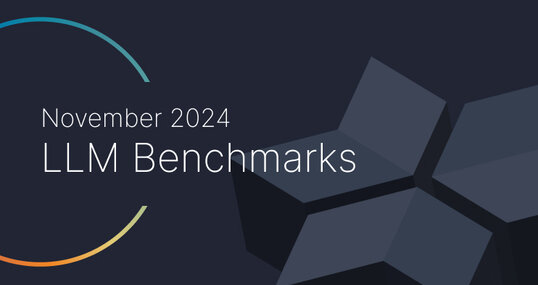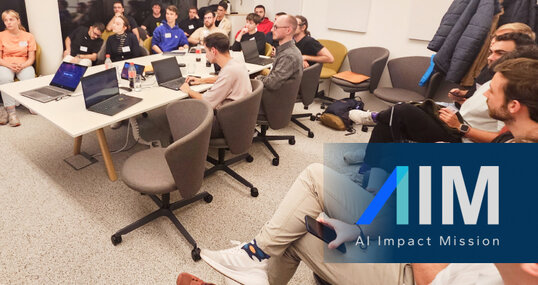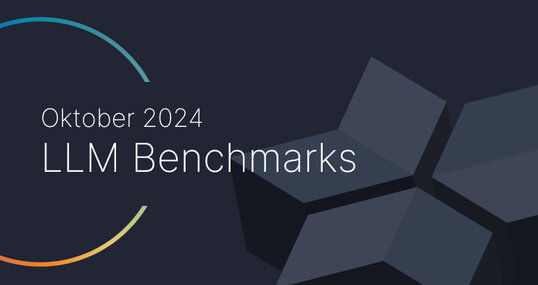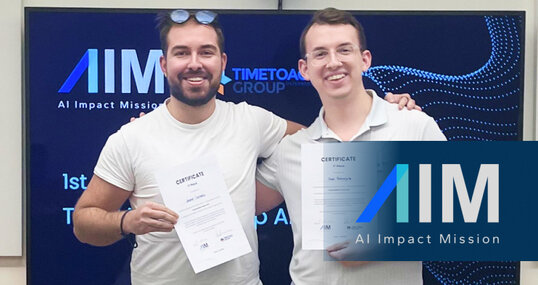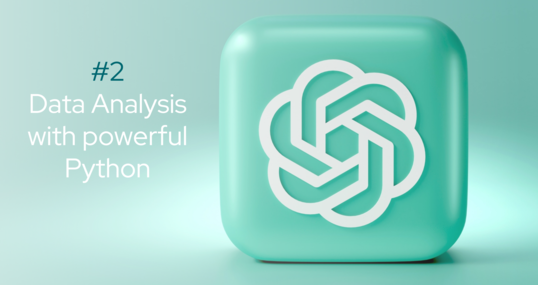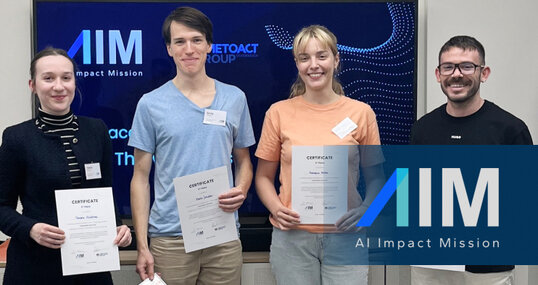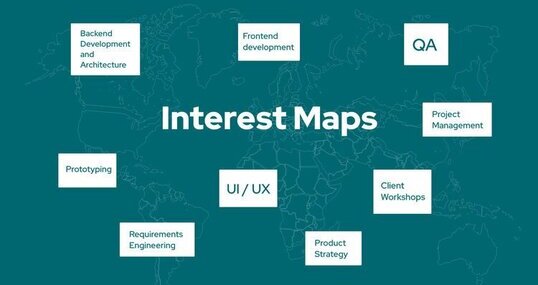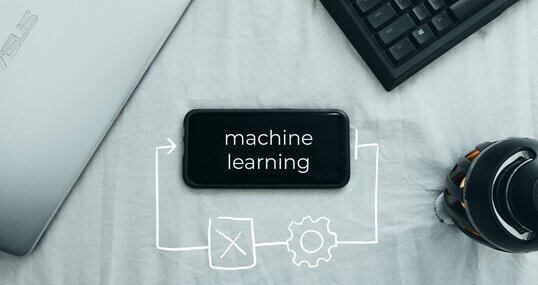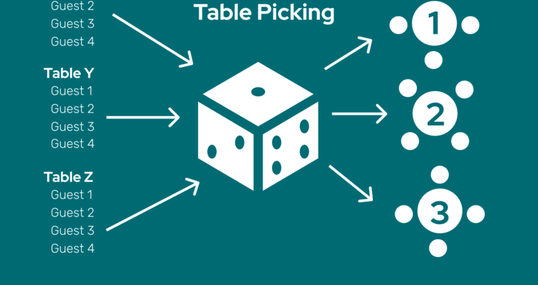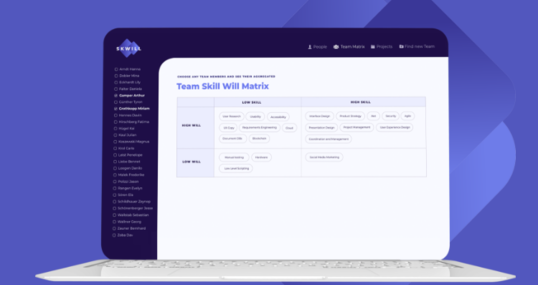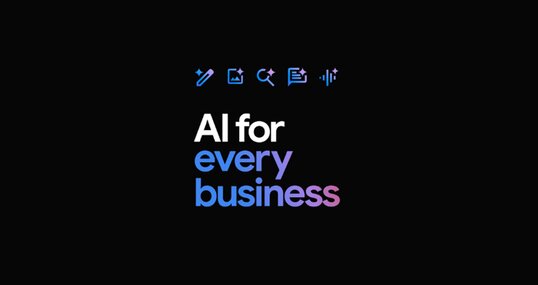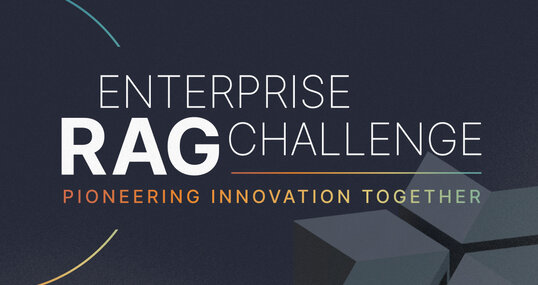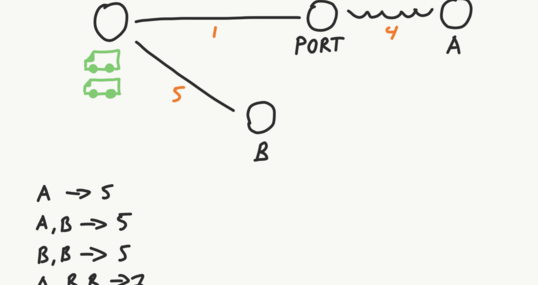In this new blog series we will give you an overview of how to analyze and visualize data, create code manually and how to make ChatGPT work effectively.
In the data-driven era, businesses and organizations are constantly seeking ways to extract meaningful insights from their data. One powerful tool that can facilitate this process is ChatGPT, a state-of-the-art natural language processing model developed by OpenAI. In this blog, we'll explore the proper usage of data analysis with ChatGPT and how it can help you make the most of your data.
Understanding ChatGPT for data analysis
ChatGPT is an AI language model designed for natural language understanding and generation. While it is often associated with chatbots and conversational applications, it can be a valuable asset in the realm of data analysis. Here's how you can use ChatGPT effectively for this purpose:
1. Data exploration and explanation
One of the initial steps in data analysis is exploring your dataset to understand its characteristics and underlying patterns. ChatGPT can help you by providing explanations and insights into your data. You can ask it questions like:
"Can you explain the main trends in this dataset?"
"What are the key features contributing to this trend?"
"What can you tell me about the outliers in this dataset?"
"What products will achieve the highest revenues in the coming year?"
ChatGPT can generate clear and concise explanations, making complex datasets more accessible.
2. Generating summaries
For large datasets, generating summaries is essential to provide stakeholders with a quick overview. ChatGPT can help you by creating executive summaries, outlining key findings, and condensing large volumes of data into digestible reports.
"Can you generate a summary of the monthly sales data for the last year?"
"Please provide a brief overview of customer feedback for the last quarter."
By using ChatGPT you can automate the process of data summarization, saving time and effort.
3. Predictive modeling
ChatGPT can also assist in building predictive models. You can discuss your model architecture, data preprocessing steps, and even troubleshoot issues with the AI.
"I'm building a sales forecasting model. Can you help me understand which features are most relevant?"
"How can I improve the accuracy of my classification model for customer churn prediction?"
ChatGPT can provide guidance on feature selection, model selection, and optimization techniques, enhancing your predictive analytics efforts.
4. Data visualization
Visualizing data is a crucial part of data analysis. ChatGPT can help you decide on the most effective visualizations for your data and explain the insights that can be drawn from them.
"What kind of chart or graph should I use to represent the monthly revenue trends?"
"Can you explain the distribution of customer demographics in a visual manner?"
By guiding you in data visualization choices, ChatGPT can improve the clarity and impact of your data presentations.
5. Educational resource
For those learning data analysis, ChatGPT can be a valuable educational resource, providing explanations of data analysis concepts, methodologies, and best practices.

Best practices for data analysis with ChatGPT
While ChatGPT is a powerful tool for data analysis, it's essential to follow best practices to ensure accurate and reliable results:
Understand your data: Before using ChatGPT, have a solid understanding of your dataset, its structure, and the specific questions you want to answer.
Quality of questions: Formulate clear and concise questions for ChatGPT. Ambiguous or vague queries can lead to less useful responses.
Data preprocessing: Ensure that your data is clean, well-structured, and prepared for analysis. ChatGPT's responses are only as good as the data it's given.
Verification: Always cross-verify ChatGPT's responses with domain knowledge and statistical methods. While it can provide insights, it's not a substitute for rigorous analysis.
Privacy and security: Be cautious when handling sensitive data. Avoid sharing confidential information in your queries and responses.
Remember, while ChatGPT is a powerful tool, it’s important to use it as a complement, rather than a replacement for traditional data analysis methods and tools. It excels in providing insights, suggestions, and explanations, but relies on human judgment and other analytical tools for in-depth data processing and statistical analysis.

